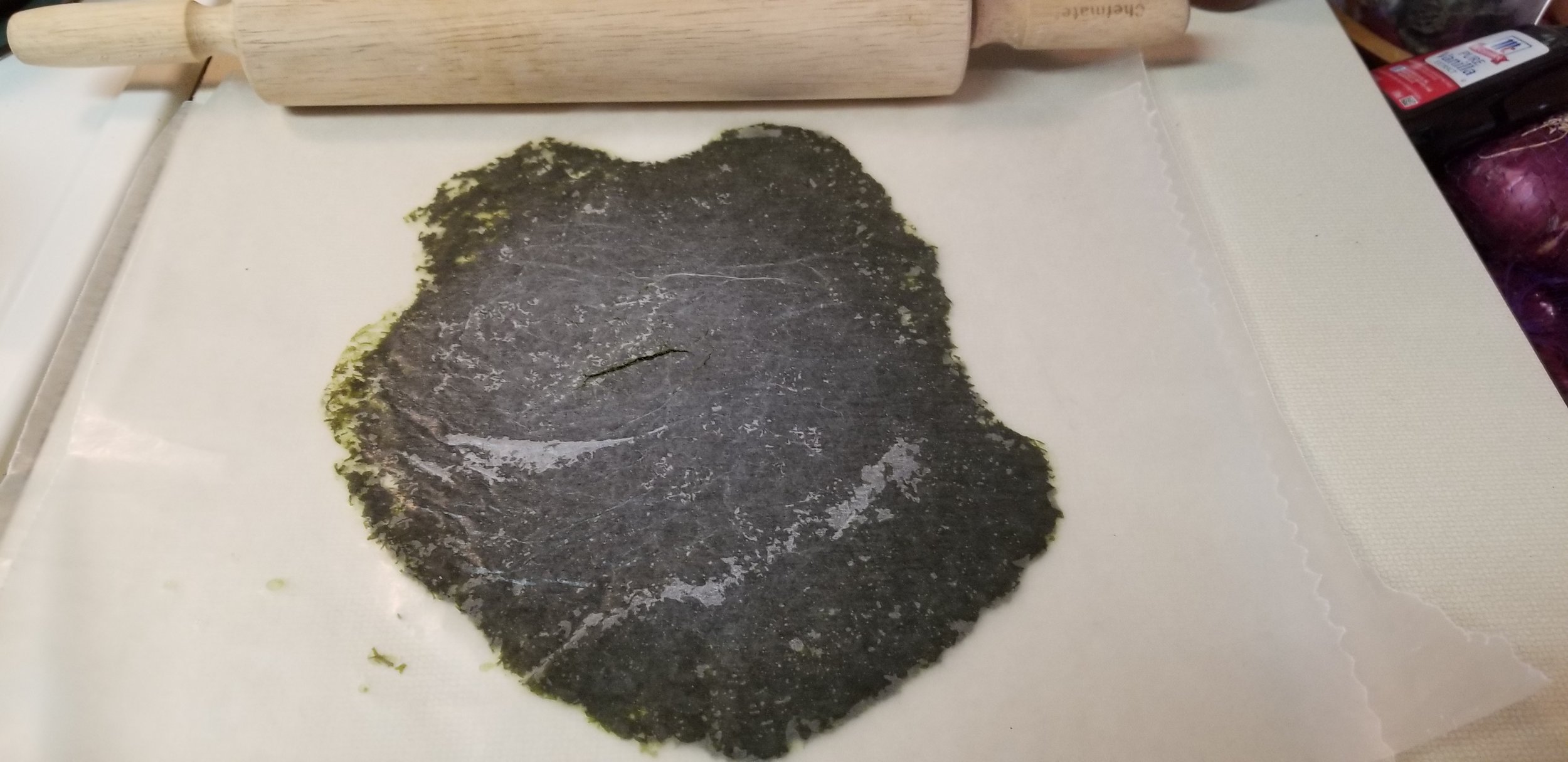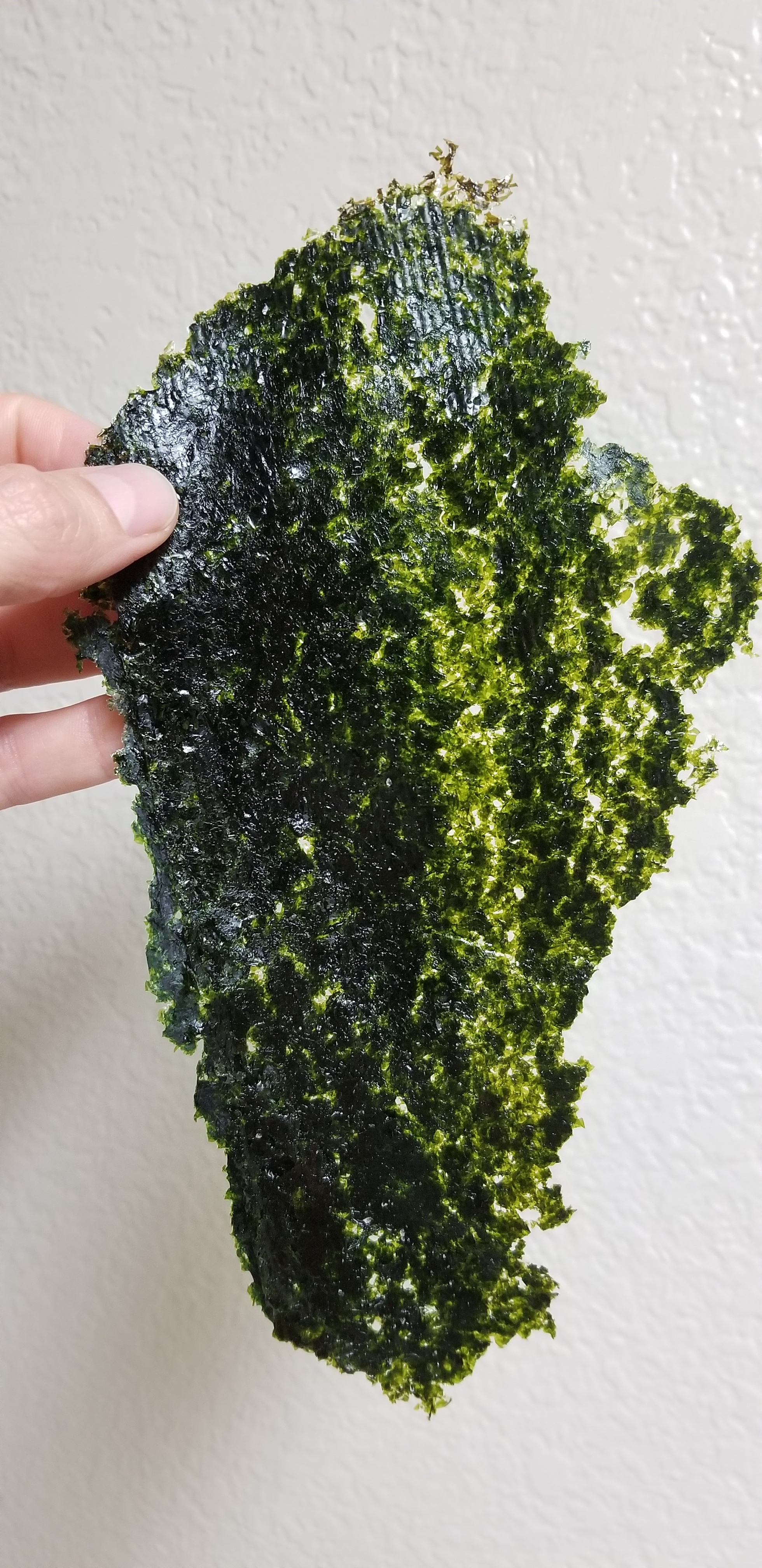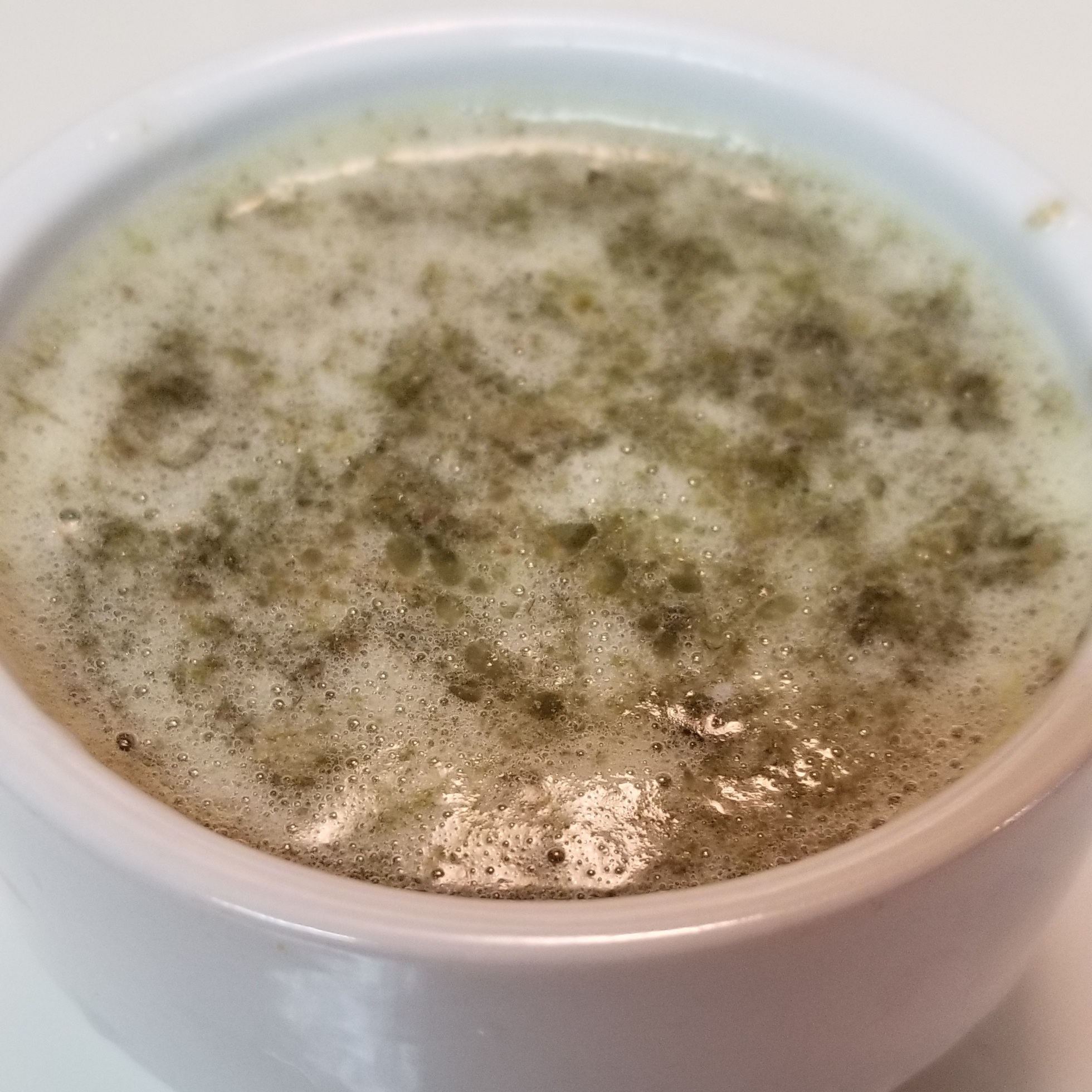Biofuel is any fuel that is derived from biomass—that is, plant or algae material or animal waste. Since such feedstock material can be replenished readily, biofuel is considered to be a source of renewable energy, unlike fossil fuels such as petroleum, coal, and natural gas.
To date, most biofuels are derived from corn and sugar cane because of their low cultivation cost and high polysaccharide content. However, there are a number of problems with these crops as a fuel source. They require vast areas of agricultural land and freshwater, which means they compete with other commercial crops. This is where seaweeds have the potential to change the biofuel environment. Seaweeds are quick growing and have high polysaccharide content, but unlike corn and cane sugar, they require no land or freshwater to grow.
AtSeaNova business manager Adrián Martínez was recently interviewed by E&T (Engineering and Technology) said, “From our point of view, our future lies in seaweed. It needs almost nothing – it doesn’t need fresh water, you don’t need to add fertilizers or extra nutrients into the sea; it really is a sustainable resource for bioenergy.” So if seaweed is so good then where is the seaweed biofuel? Ocean life is rough, and high capital and production prices mean algae costs more per unit mass than most land-based biofuel sources. Meanwhile, businesses have yet to find a cost-effective way to convert seaweed into commercial fuel. This is where research and development are taking place; how to improve the yield of seaweeds on large scales simultaneously lowering the cost of oil extraction.
Ocean Era is developing the ‘Blue Fields’ offshore macroalgae farm, with support from the DoE’s Advanced Research Projects Agency (ARPA-E), and is pursuing that all-important problem of how to cost-effectively convert seaweed into a commercial biofuel.
Marine BioEnergy devised a system to tow farms of giant kelp down to deeper waters using unmanned submarine drones. A process that could increase the yield of commercial seaweed harvest.
At the same time as AtSeaNova, Ocean Era and Marine BioEnergy, and many more small-scale seaweed farm developments start to scale activities, other key players are working out how best to monitor and maintain these growing areas of cultivation. Erin Fischell, an assistant scientist at the Woods Hole Oceanographic Institution (WHOI), points out: “Macroalgae needs to scale up to the point where it’s economically feasible for biofuel, and to do this we are going to have thousands of hectares of farms.”
That may sound like a lot of ocean space, but imagine the amount of land and water saved, not to mention the numerous other byproducts that could be extracted from the seaweeds. For now, we need ingenuity and time for this field of seaweed biofuels to gain speed.
You can read the entire E&T article here












